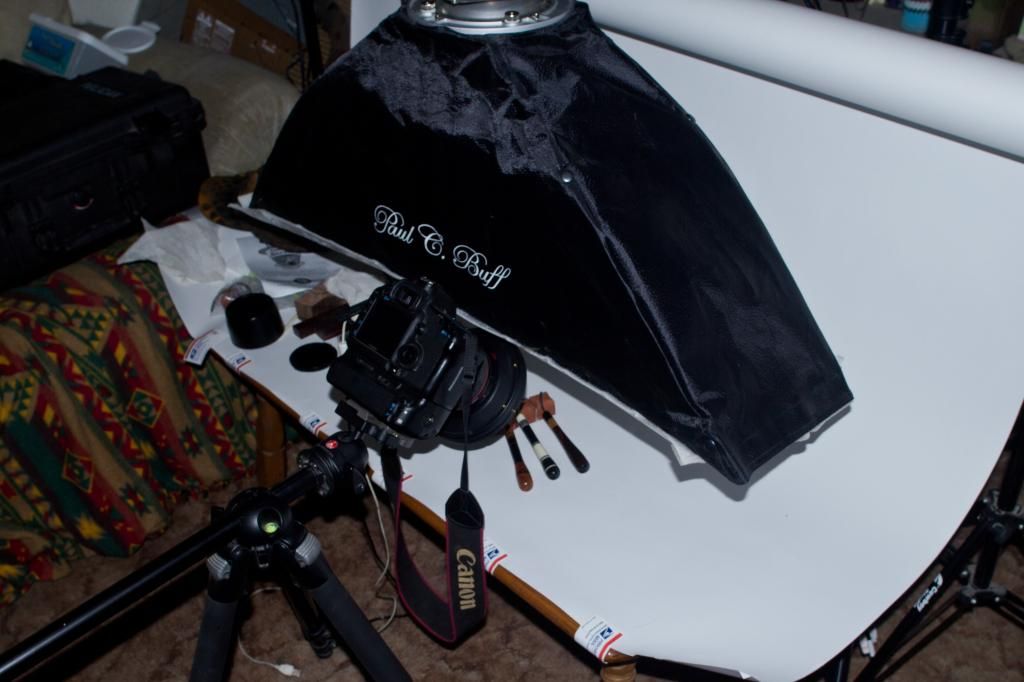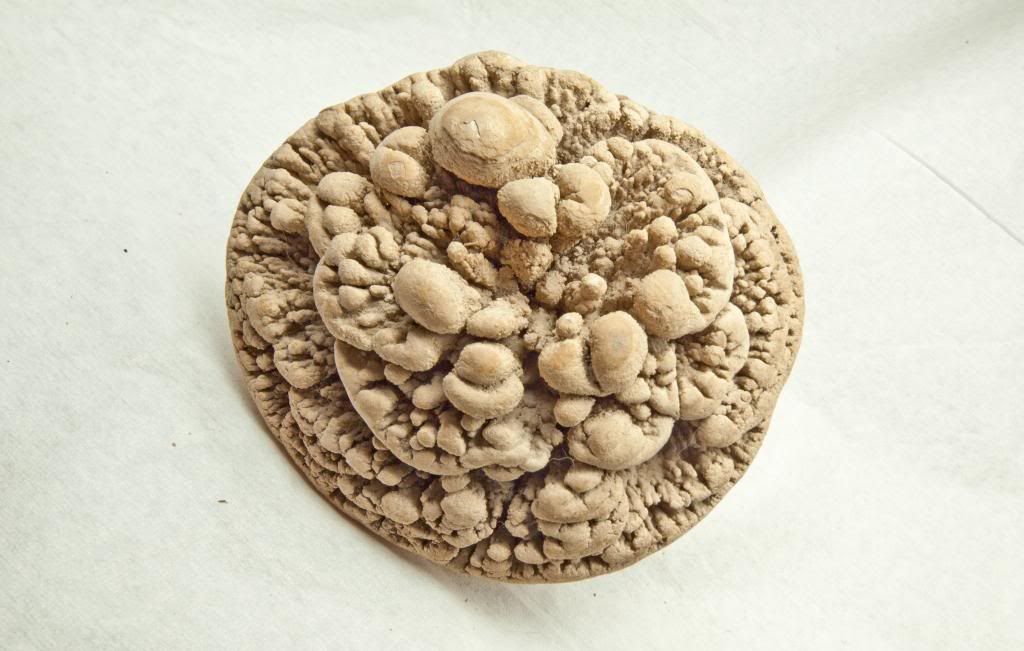General advice for lighting with food:
1. The softer the better
2. The more diffused the better
So...that means reflectors and scrims are the order of the day plus maybe a soft box or two. Also, have white shirts. If you're within 3 feet of the hero item, YOU become a reflector.
As for the issue of shooting food straight down, watch reflections and hot spots (b/c of the angle you're shooting at, especially with silverware and polished finishes on glasses and plates, watch for shadows that you and your gear cast on the food, watch for reflections of you (in everything from broth to a plate).
Thanks for the great tips.
I already noticed in an earlier 45% angle shot how a shirt color can change things, but had forgotten about it.
Michael
I should get an arm for my tripod within the next couple of days which will enable me to shoot facing straight down.
I have a one light set up - a softbox and reflectors.
Any tips on the lighting would be much appreciated and also what to avoid would be very helpful.
Thanks.
Are photographing the food hot ?
The books light science and magic ( understanding light )
Speedliters hand book shows where to place your lights .
What lens are you using ?
If the food is hot I wouldn't hang my camera and lens above hot steaming food !
You can always put something under one side of the plate to make the tilt so it still looks like your are shooting straight down.
Personally I really wonder if you really need two lights ...........This is why.
Two lights leave two or more direct reflection line, whiting out parts of the food.
This all about angles of light to the subject and to the camera....
Called family of angles << ( if you are with in certain angles of the subject you get direct reflection ) < family of angles <
Its kind of like pool balls where the shooter is doing a bank shot.
Light reflects some what like a pool ball do off the rail or a bank shot.
Except light scatters like a stream of water hitting a wall.
This really is not the best illustration .............
And the study of light is a lengthy study......... this why I suggested the books .
Because you are using a soft boxes you are scattering and reflecting your light, making your light polarized..........
When Polarized light strikes all non metallic (smooth surfaces ) it becomes polarized reflection ( AKA ) glare.
Once again if you owned the book light science and magic you would fully understand exactly what I am saying.

Dinner plate sized Tufa rock and no you cant eat it.
Sorry for the blue tint.








![[No title]](/data/xfmg/thumbnail/37/37540-73002ccb910b97978bc38658622a34d3.jpg?1734170695)







